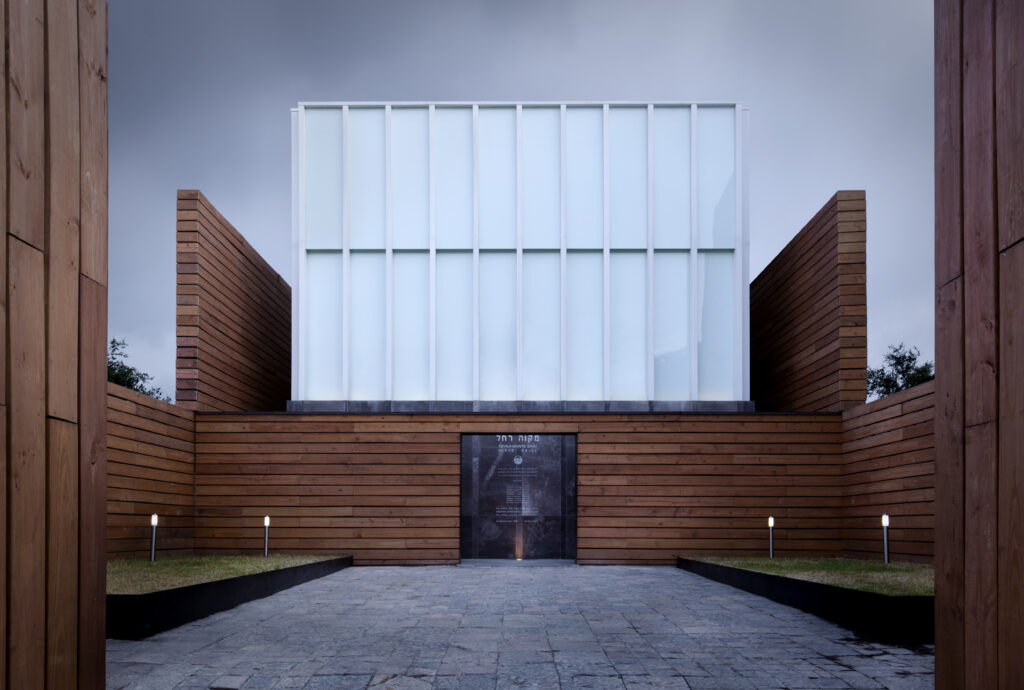Mikve Rajel, with subdued lighting and expanses of wood and marble lining the communal areas, gives the ritual bath a setting not unlike a modern spa
The purifying ritual bath or mikveh is central to Jewish religious life, and there are numerous strict rules regarding the purity of the water, which should preferably be ‘living water’ from a spring or alternatively rain water, and the facility in which it is stored. Although there are notable ancient mikveh – among them a subterranean, sixth-century example beneath Syracuse – most modern mikveh are of little architectural merit. However, the influential orthodox Rabbi Menachem Mendel Schneerson declared that new mikveh should be constructed in the most attractive way possible and, as a result, some more interesting examples have been built. One of these, built to serve Mexico City’s Jewish community, gives the ritual a setting not unlike a modern spa, with subdued lighting and expanses of wood and marble lining the communal areas. The idea is to encourage younger women to view the mikveh as a social experience – which, of course, it always was.
This is a case study from Typology: Bathhouse in AR February 2018, click here to read now
 The Architectural Review An online and print magazine about international design. Since 1896.
The Architectural Review An online and print magazine about international design. Since 1896.




